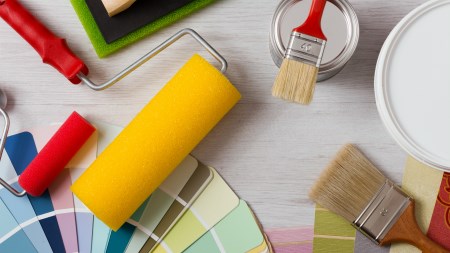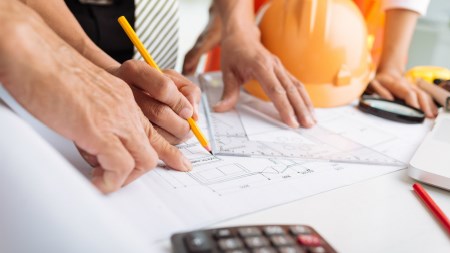Most homes are not designed with wheelchair users in mind and many require expensive upgrades or retrofitting in order to make them more accessible and wheelchair friendly. With that said, there are a few changes you can make to your existing (or even potential) home to help improve the quality of life for you or your loved one and provide a better sense of independence.
Start by building a ramp
The first step to making any home wheelchair friendly is by making it accessible. If your home has stairs leading up to the front door, start by installing a ramp with a railing on either side for greater usability and safety. This also applies where there are stairs inside your home i.e. down to the lounge or up to the bedroom level. Building a ramp is quite an onerous and detailed project so it is best to get an expert to quote on and install it for you to avoid any costly mistakes or potentially dangerous situations.
Widen your door frames
Widening your door frames is another crucial part to making your home wheelchair friendly. Most standard wheelchairs are 635mm in width and therefore your doorways should be at least 900mm wide to allow for easy access and ease of use. In some instances, you can simply remove the door frames to free up some extra space or you can look to replace the existing door hinges with expandable offset hinges as these hinges are especially designed to swing a door clear of the opening and add about 50mm of clearance. If you aren’t up the task, a handyman should be able to easily assist without breaking the bank.
Relook your flooring
The type of flooring you have in your home will play a huge role in how easy or difficult it is for a wheelchair to get around. Rugs or thick carpeting can make life particularly tricky so rather opt for hardwood flooring (for a classic, beautiful and hardwearing finish), laminate flooring (for a modern, durable and scratch-resistant finish), vinyl flooring (for an easy to install, hardwearing finish) or ceramic tiles (for a slip-proof and durable finish). No matter which option you go for, if you are going to attempt to re-do the flooring yourself, be sure to check out these Common DIY flooring mistakes before you get started as this could save you both time and money in the long run.
Reconsider the kitchen & bathroom
The kitchen is one of the main rooms in your home that you will need to relook in order to make things accessible and user friendly for wheelchair users. Note that while some of the changes can be easily made, some might require the use of a professional so be sure to do proper research before embarking on any changes. That said, the main issue to focus on is ease of turning as a wheelchair needs at least 150mm all round to turn easily. After that, focus on lowering surfaces or at the very least, looking to store important, daily-use items such as cups, tea, sugar etc. at a lower level in the bottom cabinets or cupboards.
Similarly, the bathroom will also need to be relooked in order for it to become more user friendly for wheelchair users. Again, be sure to research what changes you can make versus what should be done by a professional. Nevertheless, there are a few changes and additions you can implement in the bathroom such as installing rails around the toilet as well as in the bath and shower for ease of use. You can even go as far as installing a shower bench if space and funds allow.
Overall thoughts
In addition to the above suggestions, there are a few other ways to make being in your home more manageable for wheelchair users. Consider lowering the rods in hanging cupboards to make it easier to get to hanging items or replace rounded doorknobs for lever handles as these are much easier to operate when at a lower height. Be aware of where you place your furniture and aim to leave an 800mm gap between pieces to allow for a clear path in and around the room. It might also be worthwhile installing a panic or emergency button at waist height to avoid any unnecessary or preventable emergency situations from arising. In some instances, a panic button can be worn as a necklace so be sure to consider that option for additional peace of mind.
At the end of the day, there’s a lot that goes into making a home truly wheelchair friendly. Ultimately, your home will need to be tailored to your or your loved one’s particular needs but at least by considering the above changes - in the interim - there will be an allowance for an independent and easier life to be had and experienced by all who live under your roof and call it home.





